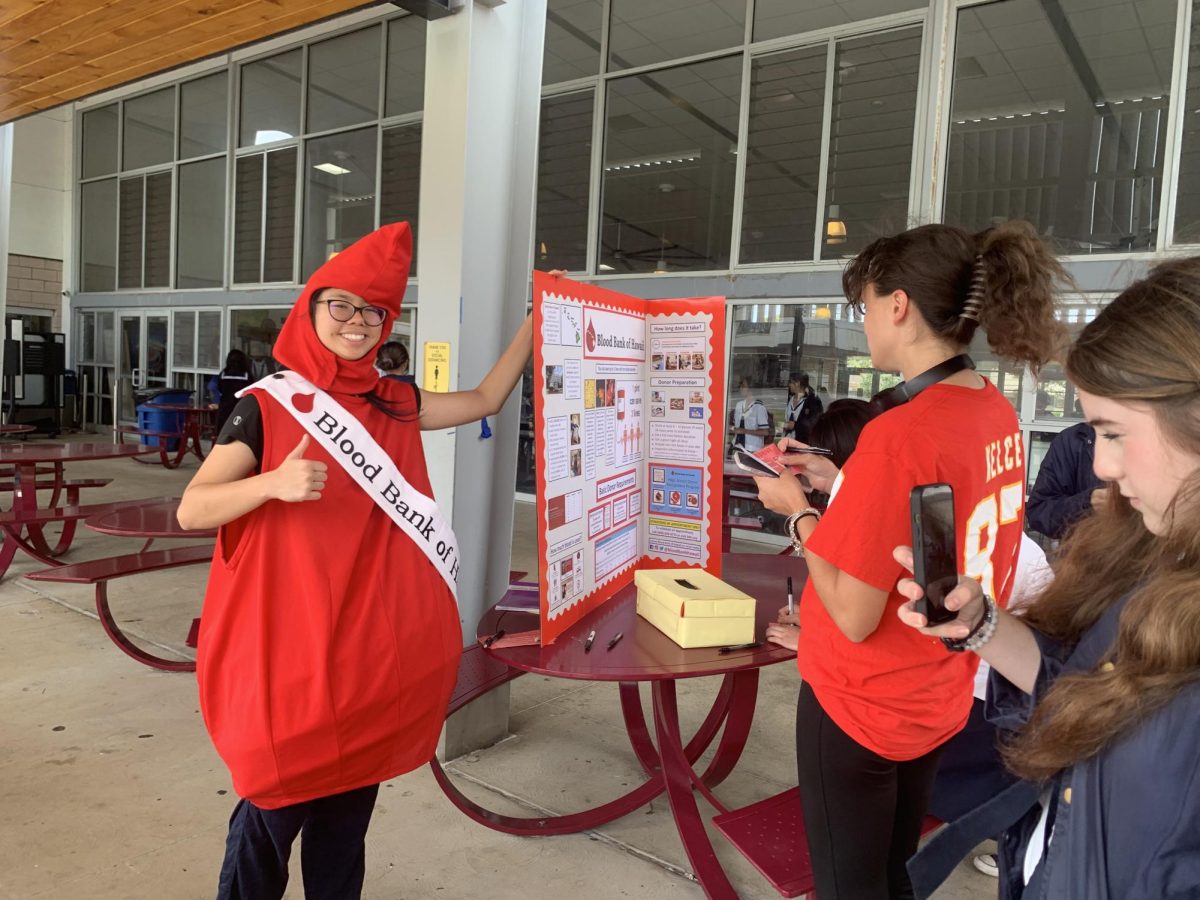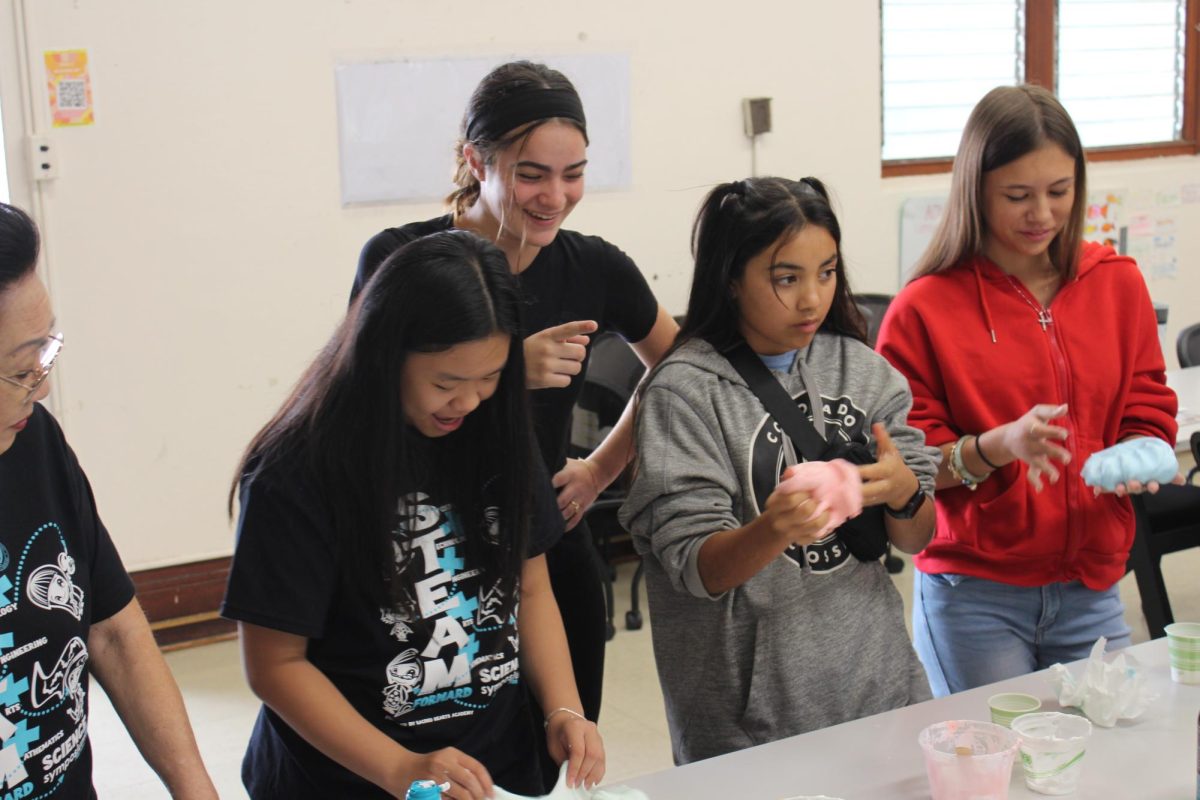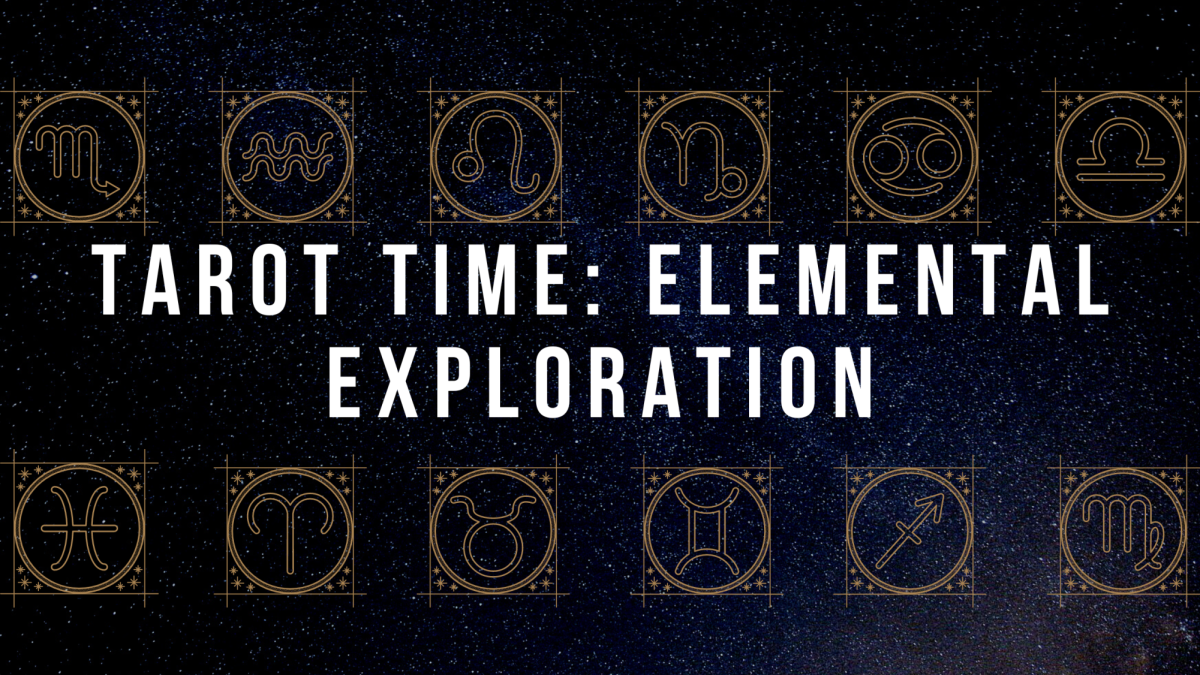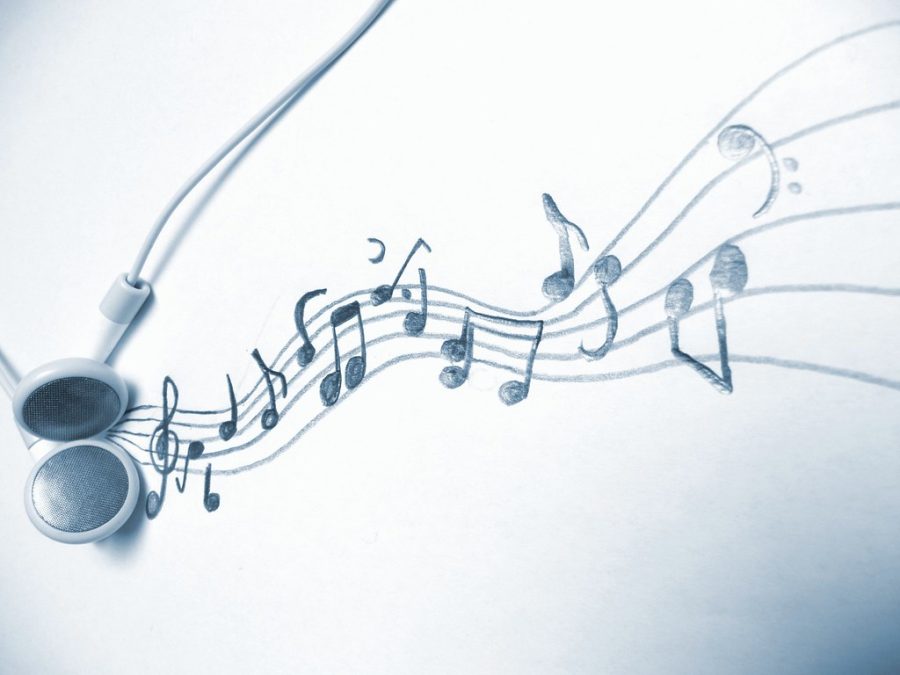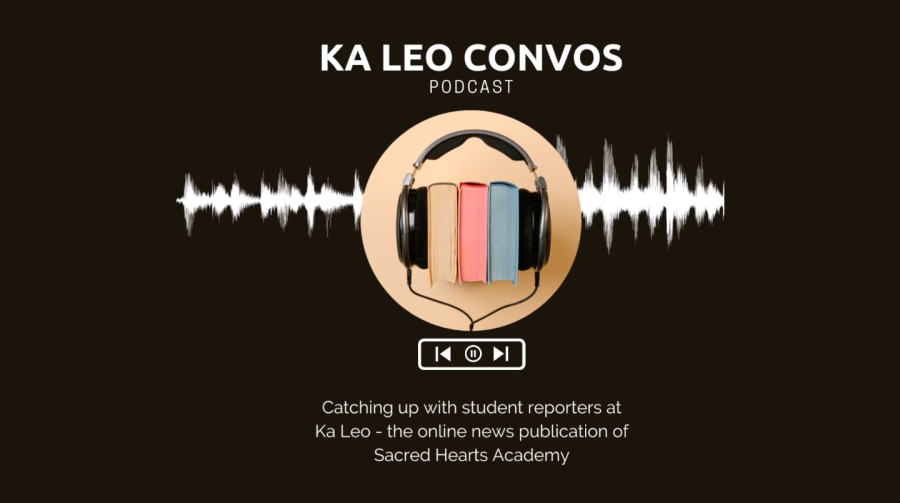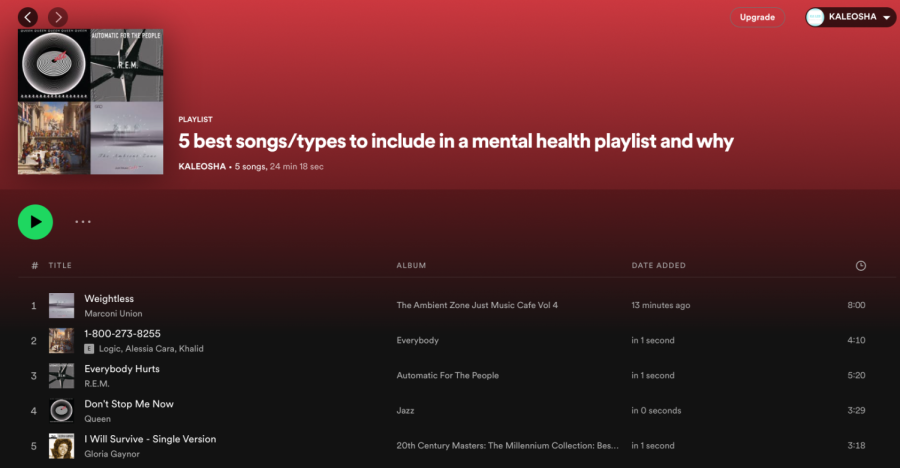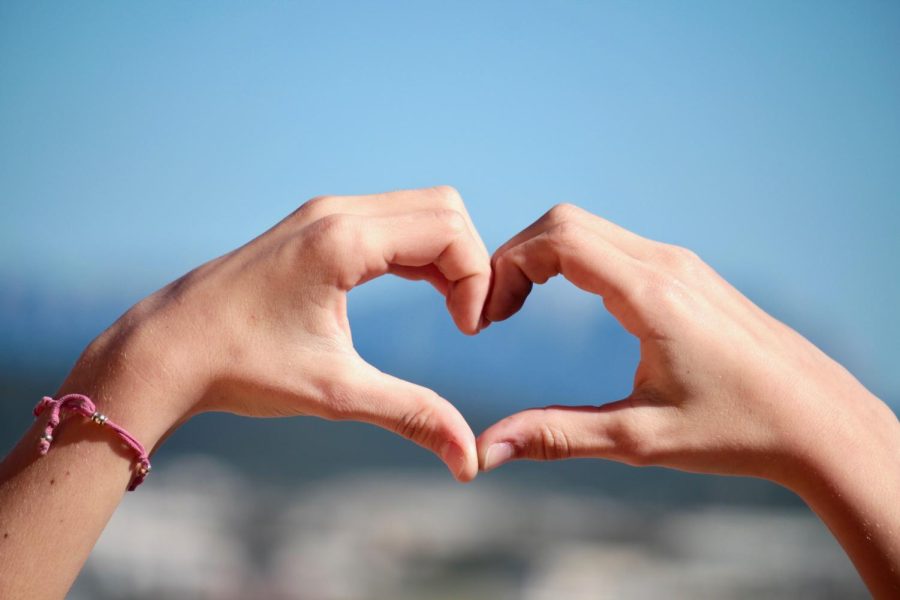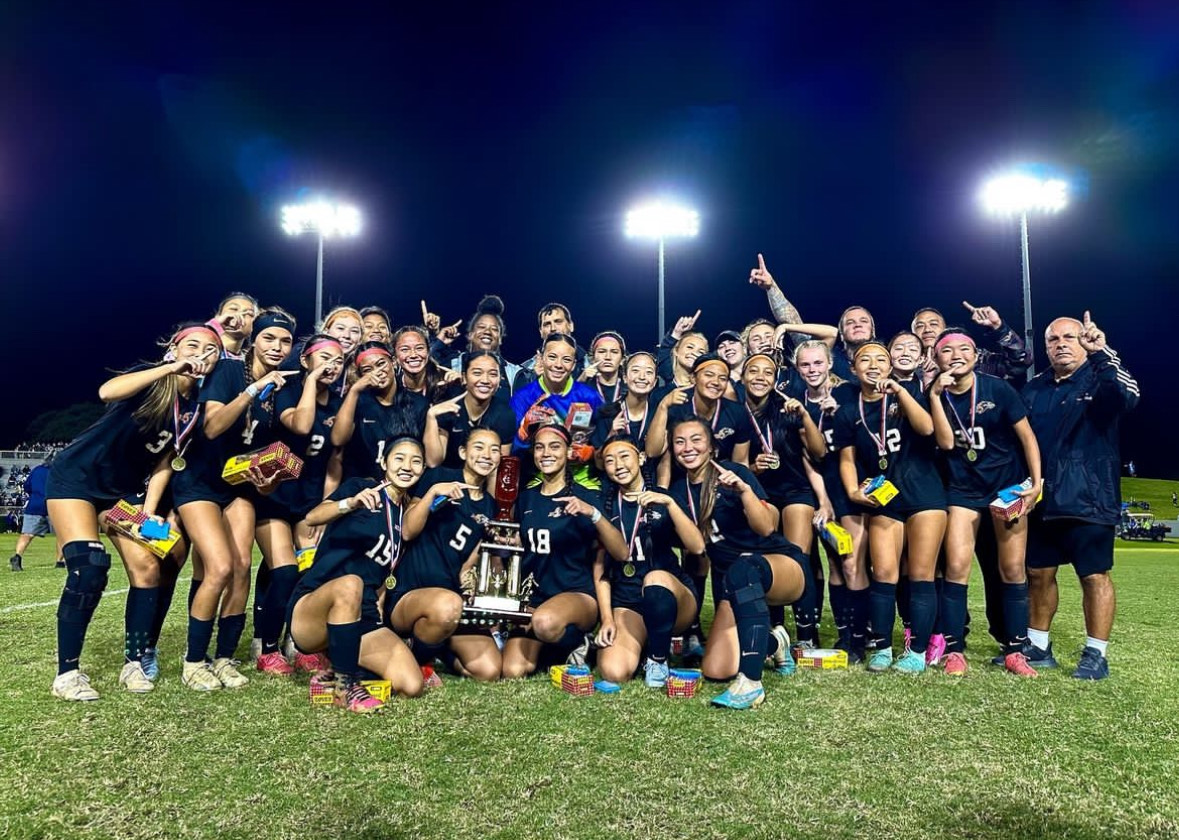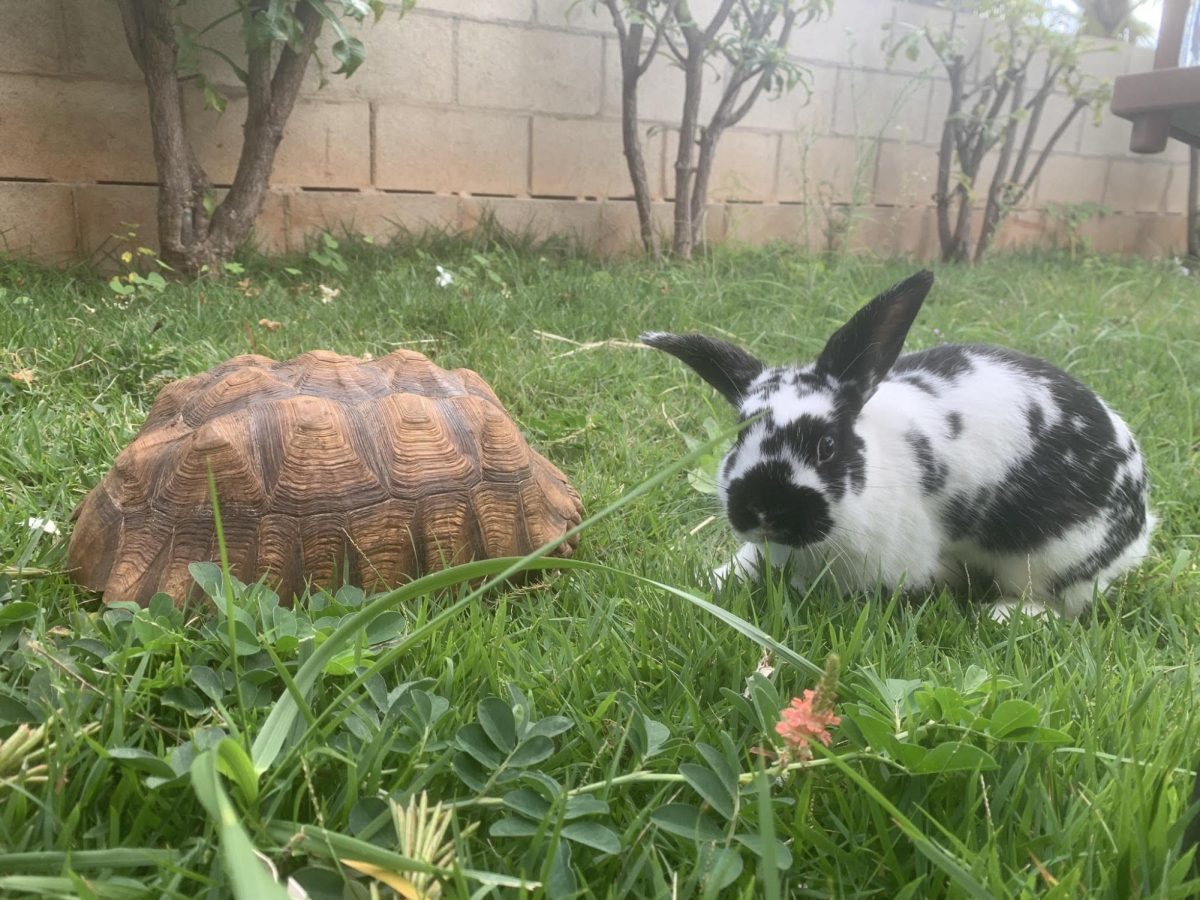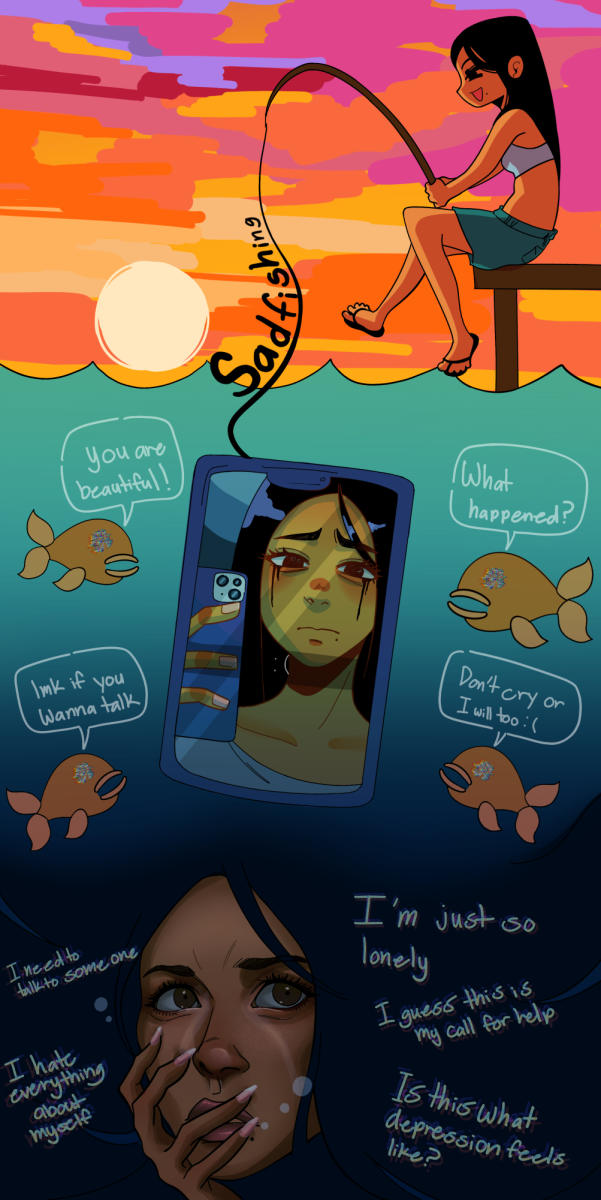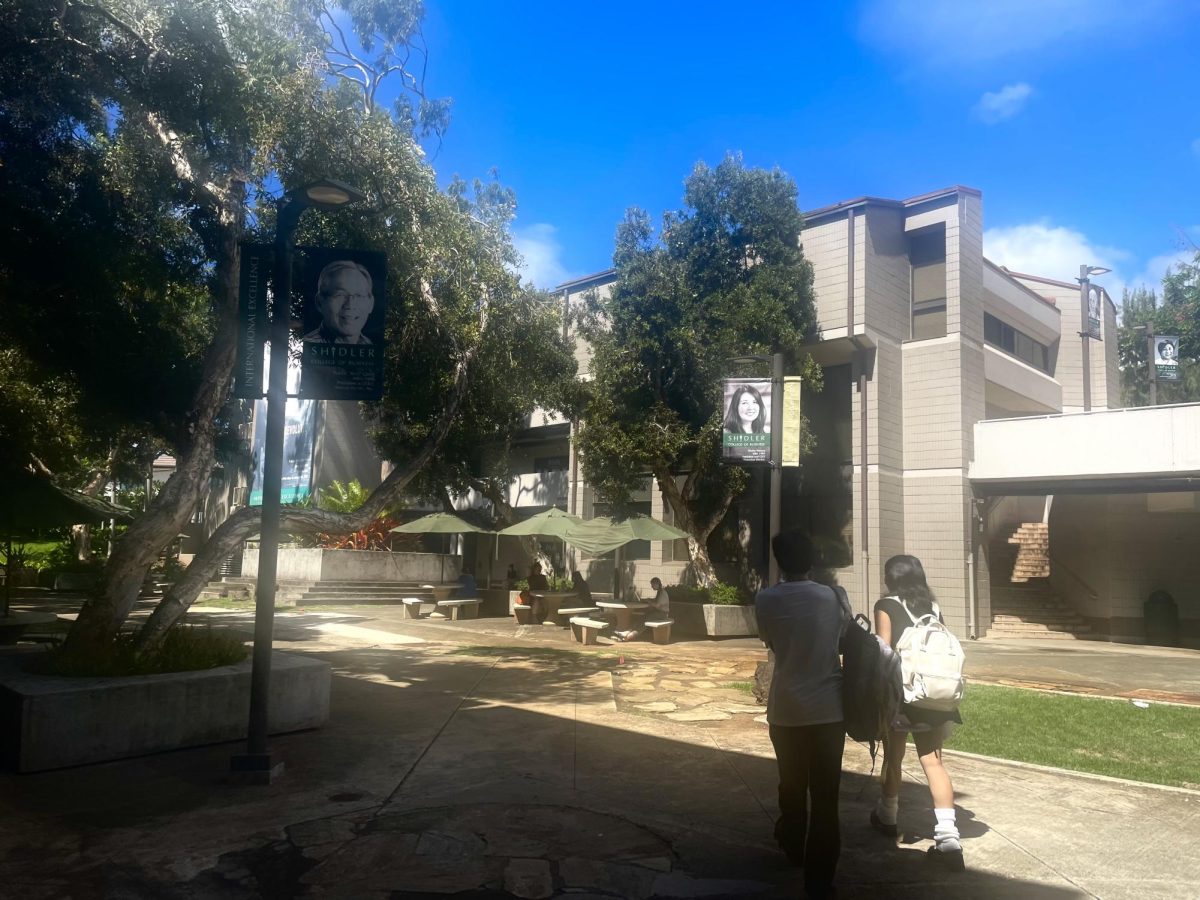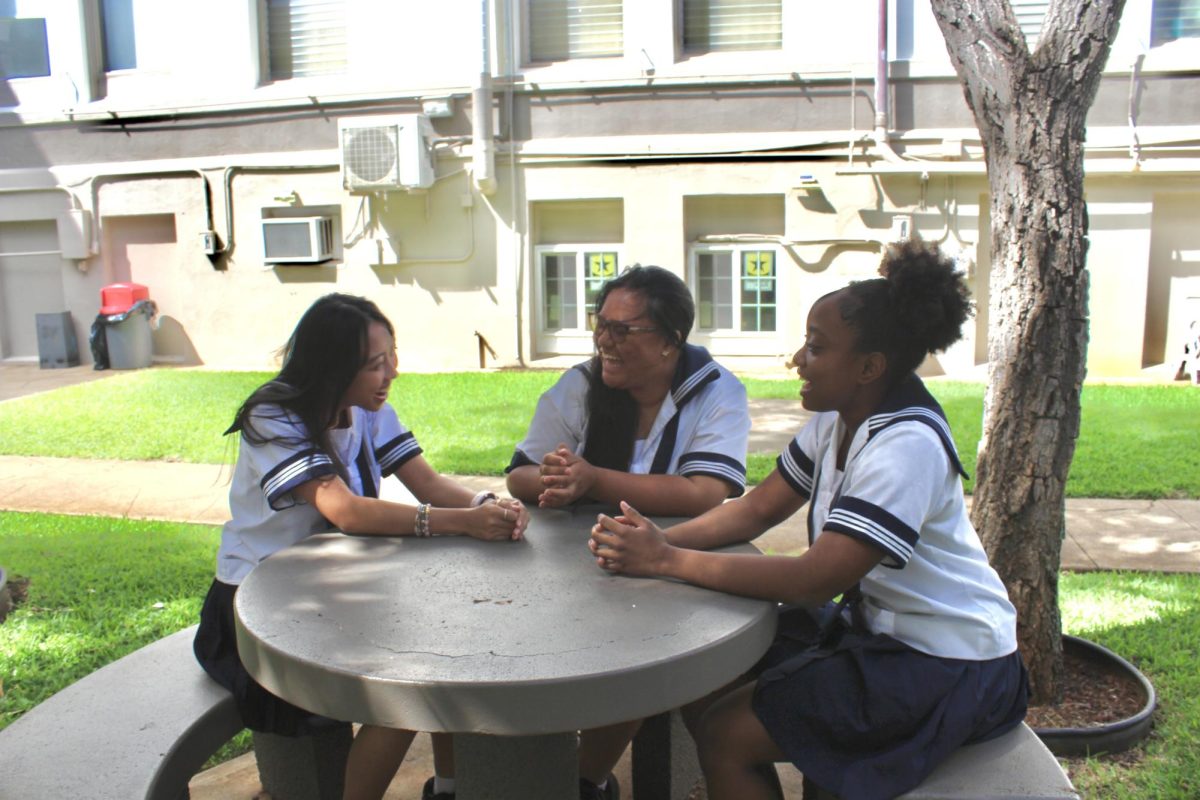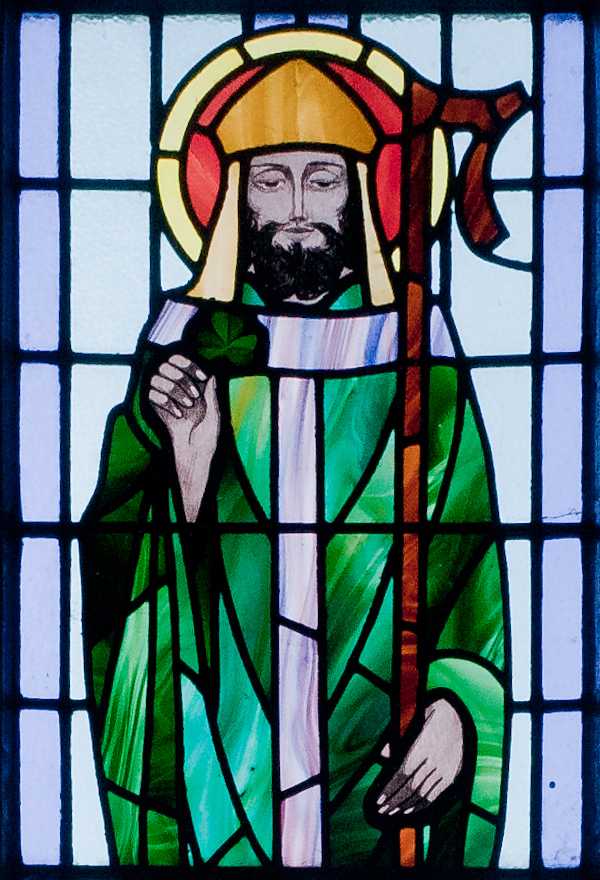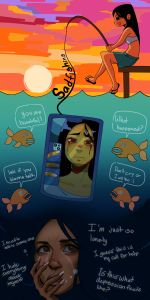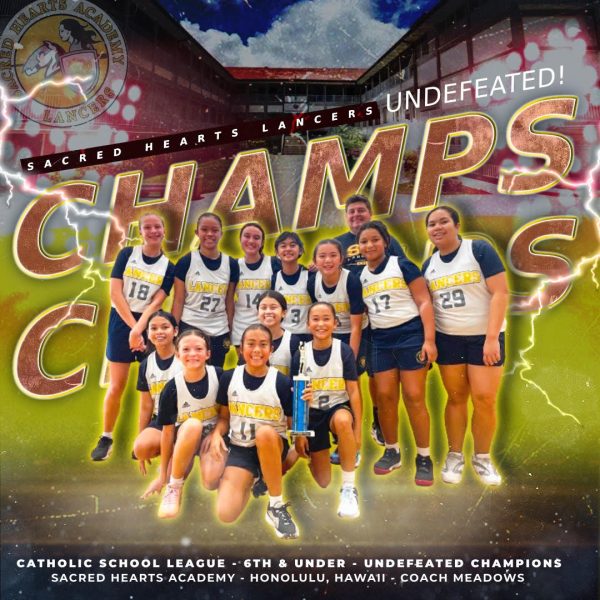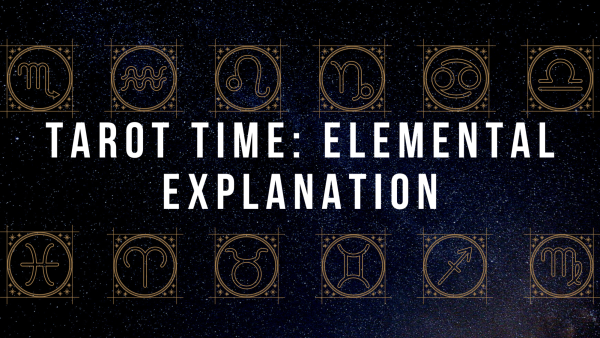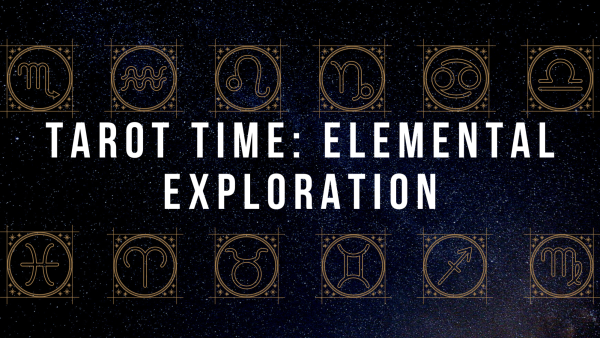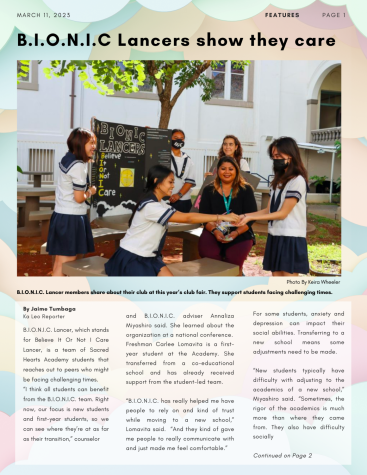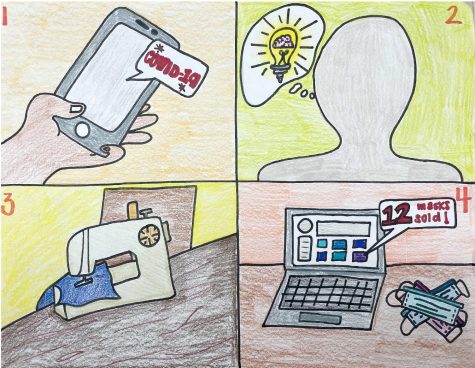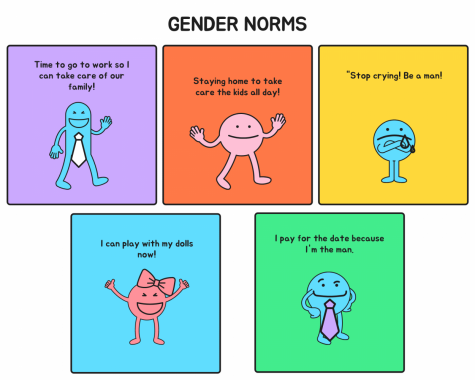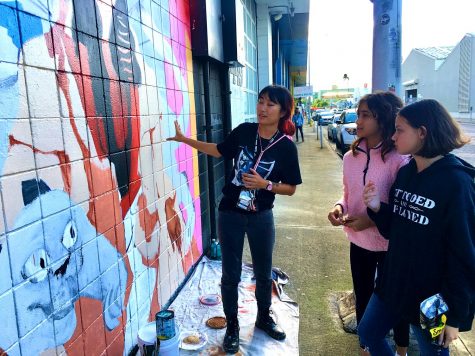St. Patrick’s Day makes everyone Irish
Photo credit: Wikimedia Commons.
February 12, 2015
The feast day of St. Patrick of Ireland, St. Patrick’s Day, was first celebrated as a national holiday in Ireland.
Today, many simply see the day as an opportunity to participate in Irish culture. On this day everyone is Irish.
St. Patrick was born in Scotland in 387 but grew up in Britain. At the age of 14, he was captured by a raiding party and taken to as a slave to Ireland.
In captivity, he prayed, fostered his relationship with God and later escaped at the age of 20 to return to Britain.
Shortly after his return, he had a dream in which he heard the Irish people calling him.
“We beg you, holy youth, to come and walk among us once more.” After he was ordained a bishop, he traveled back to Ireland to proclaim the Gospel.
St. Patrick died in Saul, Ireland in 461 on March 17, which is observed as St. Patrick’s Day.
A symbol often associated with St. Patrick is the shamrock, a three-leaf clover. St. Patrick used this plant to explain the Catholic doctrine of the Holy Trinity to the Irish people.
The color green is also frequently seen in decorations and clothing on St. Patrick’s Day. In one extreme moment, the Chicago River was dyed green on St. Patrick’s Day in 2005.
Although the stories of the origins of wearing the color green vary, the lush, green countryside of Ireland was probably the inspiration for the color. Others speculate that the color green provided safety from leprechauns, mythological dwarf creatures who often pinched those who forgot to wear green on St. Patrick’s Day.
Until the 1990s, the people of Ireland saw St. Patrick’s Day as a solemn holiday to commemorate their national saint. However, for the purpose of boosting tourism, an annual St. Patrick’s Day festival now takes place over the course of several days. The festival includes a parade as well as Irish-themed performances and events.
St. Patrick’s Day was brought to the United States by immigrants of Irish descent in the 19th century. Today, many Irish communities hold festive parades and parties while feasting on green-colored food and Irish drinks.

